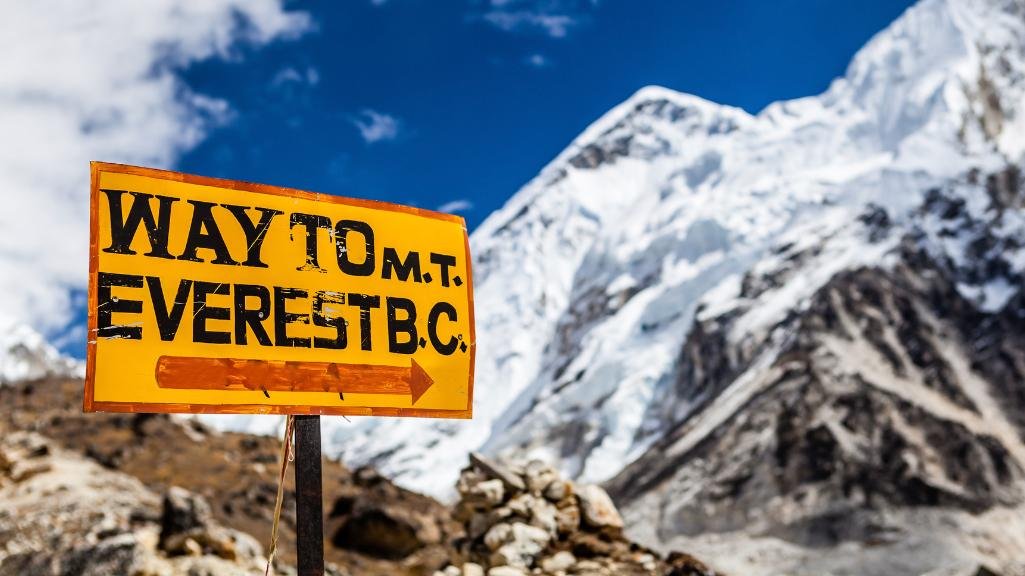Mount Everest: Conquering the Roof of the World and Preserving Nature's Majesty
Alvish Asher
. 2 min read
Mount Everest, the world's tallest peak, stands as a majestic and awe-inspiring icon of nature's grandeur. Located in the majestic Himalayan mountain range, it is situated on the border between Nepal and Tibet, also known as the autonomous region of China. Mount Everest, known as "Sagarmatha" in Nepal and "Chomolungma" in Tibet, has captured the imagination of adventurers, mountaineers, and nature enthusiasts for centuries. Additionally, we will have the unique opportunity to virtually experience the breathtaking views of Mount Everest through a live video chat with expert mountaineers and explorers who have braved its slopes. Join us as we embark on an unforgettable journey to the summit of Mount Everest right from the comfort of your own screen.

Geographical Location and Height of Mount Everest
Mount Everest rises to an impressive height of approximately 8,848 meters (29,029 feet) above sea level, making it the highest point on Earth. The precise height has been a subject of debate, and several surveys and measurements have been conducted over the years to confirm its elevation accurately.
Geologically, Everest is a part of the Mahalangur mountain range within the Himalayas. It is situated in the northeast region of Nepal and extends into the southern part of the Tibet Autonomous Region of China.
Discovery and Naming:
The first recorded sighting of Mount Everest was in 1841 by British surveyors during the Great Trigonometric Survey of India. The mountain was initially called Peak XV, as it was the 15th highest point identified during the survey. It later received its official name, "Mount Everest," in 1865, in honor of Sir George Everest, a British Surveyor General of India.
Climbing History:
The desire to conquer the world's tallest mountain has driven numerous expeditions over the years. The first confirmed successful ascent of Mount Everest was achieved on May 29, 1953, by Sir Edmund Hillary of New Zealand and Tenzing Norgay, a Sherpa of Nepal, as part of a British expedition led by Sir John Hunt.
Since then, climbing Mount Everest has become an aspiration for mountaineers from around the globe, leading to both triumphs and tragedies. The challenging and unpredictable weather, treacherous terrain, and extreme altitudes pose formidable obstacles, and many climbers have lost their lives in their pursuit of reaching the summit.
Ecological Significance:
Mount Everest and the surrounding Himalayan region are ecologically crucial, acting as a critical water source for millions of people living downstream in Nepal, India, China, and other neighboring countries. The Himalayas are often referred to as the "Water Tower of Asia" due to the vast glaciers and snowfields that provide freshwater to major rivers like the Ganges, Brahmaputra, and Indus.
Environmental Concerns:
In recent years, there has been growing concern about the impact of climate change on Mount Everest. Rising temperatures have led to the melting of glaciers and a reduction in snow cover, affecting the delicate ecosystem and increasing the risks for climbers due to more frequent avalanches and unstable ice conditions.
Preservation Efforts:
Various organizations and governments are taking steps to protect and preserve the Himalayas and Mount Everest. Initiatives include waste management programs to remove litter left behind by climbers, regulations on climbing permits to control the number of expeditions, and awareness campaigns to promote responsible tourism in the region.
Conclusion
Mount Everest remains an enduring symbol of human determination and the marvels of the natural world. As climbers continue to pursue their dreams of conquering the world's highest peak, it is crucial to balance exploration and preservation to ensure the longevity of this remarkable wonder and its ecological significance for generations to come.

